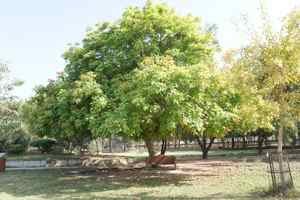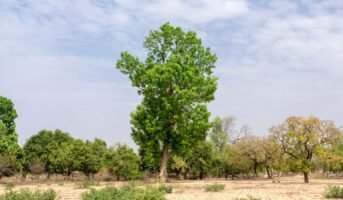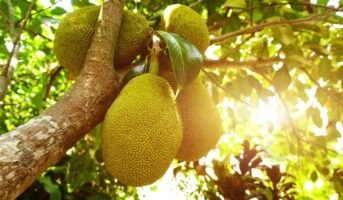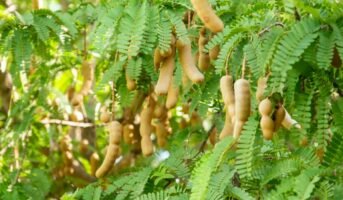What is the Kusum tree?
Kusum or Schleichera oleosa is a magnificent tree with a broad, shaded crown, found widely in the tropical Himalayas (Punjab to Nepal), India, Ceylon, Burma, Thailand, Indo-China, and Malaysia. It is also commonly known as gum lac tree, Ceylon oak and lac tree.
The rich crimson colour of the tree’s leaves when they are first emerging is what draws the most attention to it. This takes place around the month of March in India.
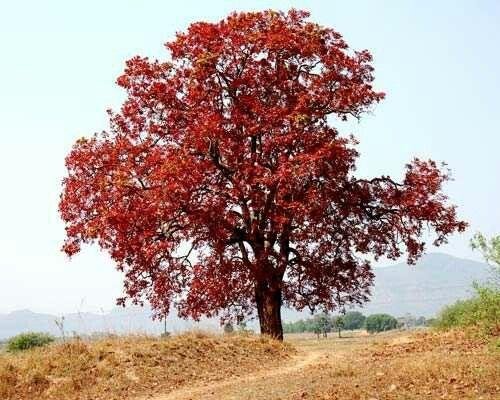
Source: Pinterest
See also: Grevillea robusta: Facts, how to grow and care, uses and toxicity of the Silky Oak
Kusum tree: Key facts
| Family | Sapindaceae |
| Scientific name | Schleichera oleosa |
| Common name | Gum lac tree, Ceylon oak, lac tree |
| Bloom Time | Seasonal bloomer |
| Maximum Height | 10 ft |
| Soil pH | 1-4 |
| Native Area | Tropical Himalayas |
| Watering | Average |
| Maintenance | Average |
Know about: Fig tree ficus carica
Types of Kusum tree
Kusum tree belongs to the Sapindaceae family and there is only one type. Gum lac tree, Ceylon oak and lac tree are the other names of Kusum tree.
Kusum tree: Features
- Trees that shed their leaves each year reach heights of up to 20 metres, with bark that is 10 to 12 millimetres thick, with a surface that is grey, smooth, and brittle; and blazes that are a reddish-brown colour.
- Leaves are paripinnate and alternate; the stem is about 5.5-11.5 cm, stout, glabrous and swollen at the base; leaflets are slender and smooth.
- Flowers are polygamous, measure 5-6 millimetres wide, and are arranged in panicles in the branches.
- Fruit is a drupe that is 16–18 millimetres in diameter, sub-crustaceous, pointy, and frequently covered with thick but fairly blunt prickles; The seed is either one or two in number and is encased in a pulpy aril that has a nice acid flavour.
Kusum tree: Growing tips
- The plant can be directly grown from a seed sown in the soil.
- When the plant is growing, water it well, especially if the average weekly rainfall is less than one inch.
- Mulch should be maintained around the plant to keep the temperature of the roots down. The mulch ought to have a damp but not drenching sensation.
- From early spring until about six weeks after flowering, use a liquid fertiliser that is strong in potassium once every two weeks.
Kusum tree: Maintenance tips
- The plant requires six to eight hours of direct sunshine every day in order to produce consistent blooms.
- If there is not enough sunlight, the stems will either become spindly and eventually fall over, or they will try to bend toward the sun.
- The majority of the common types grow well in soil that is acidic to neutral. However, others can tolerate lime and even thrive in alkaline soils.
- It requires partial or full exposure to the sun.
- It should not be watered very often. Twice or thrice a week is sufficient.
- The favourable temperature which suits the plant is less than 35 degrees Celsius to 5 degrees Celsius.
See also: All about mesua ferrea
What are the uses of the Kusum tree?
Ornamental uses
The plant is mostly valued for its decorative qualities. In most cases, it is kept indoors in the living room, as well as in the patio area.
Medicinal uses
- Laxative-like effects can be achieved by consuming the leaves of the plant.
- E. coli induced diarrhoea can be treated using the blossoms of this plant. Additionally, the blossoms are utilised in therapy for infertility.
- The seed of the kusum tree is used to extract a special kind of oil known as Kusum oil.
Moreover, this tree produces the best quality of lac resin and is responsible for a good chunk of India’s lac production.
What is Kusum fruit ?
Kusum fruit is the size of the plum and is a good source of protein and energy. Kusum fruit promotes hair growth and also helps in digestion.
Kusum tree: Toxicity
The plant has no known toxins harmful to humans and animals alike.
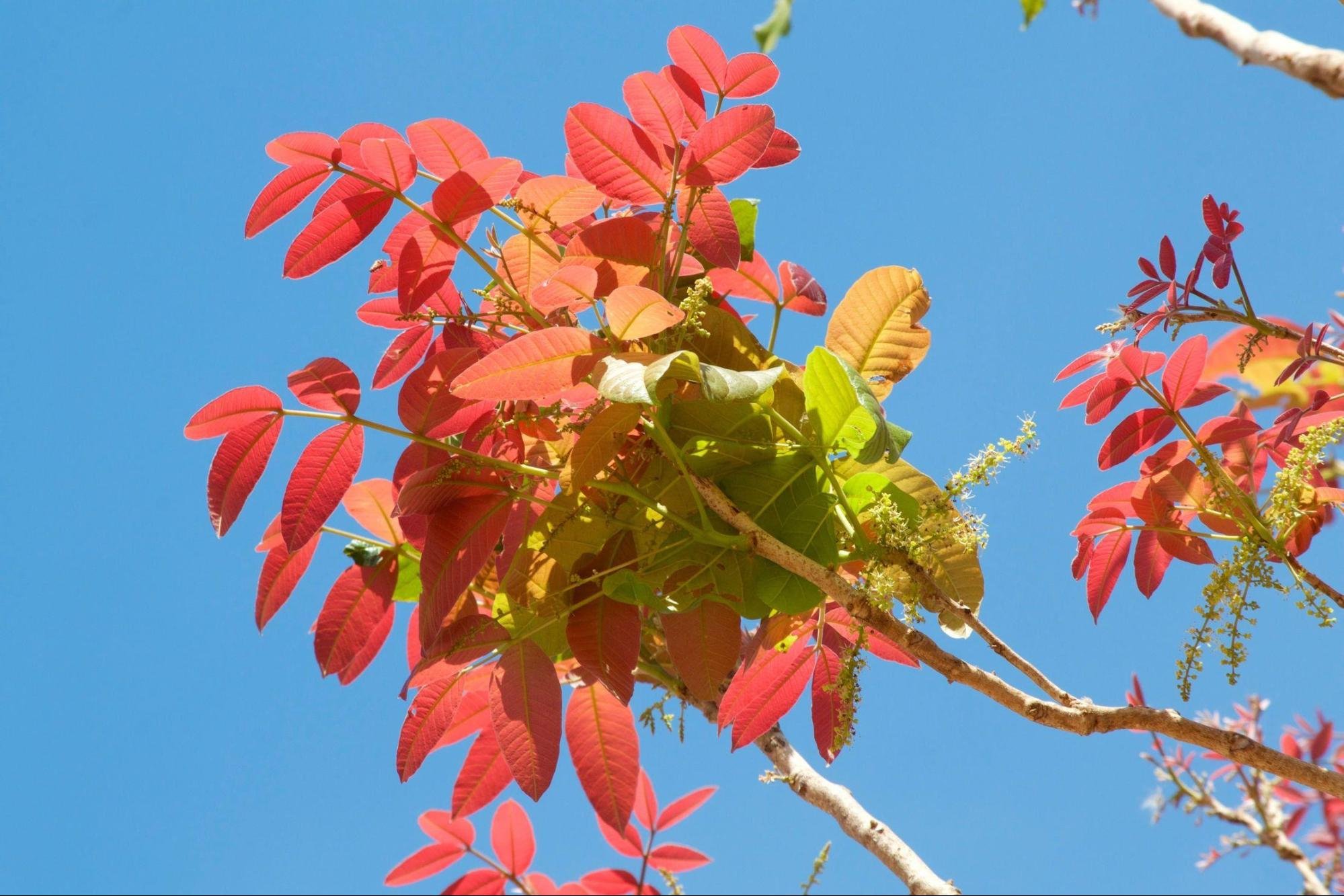
Source: Pinterest
FAQs
Where does kusum oil come from?
Kusum oil comes from the tree's seeds.
Is kusum a flower or tree?
Kusum is a type of tree.
| Got any questions or point of view on our article? We would love to hear from you.Write to our Editor-in-Chief Jhumur Ghosh at [email protected] |
Housing News Desk is the news desk of leading online real estate portal, Housing.com. Housing News Desk focuses on a variety of topics such as real estate laws, taxes, current news, property trends, home loans, rentals, décor, green homes, home improvement, etc. The main objective of the news desk, is to cover the real estate sector from the perspective of providing information that is useful to the end-user.
Facebook: https://www.facebook.com/housing.com/
Twitter: https://twitter.com/Housing
Email: [email protected]
